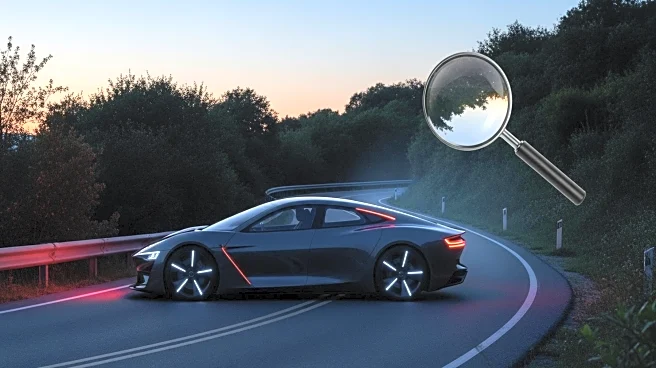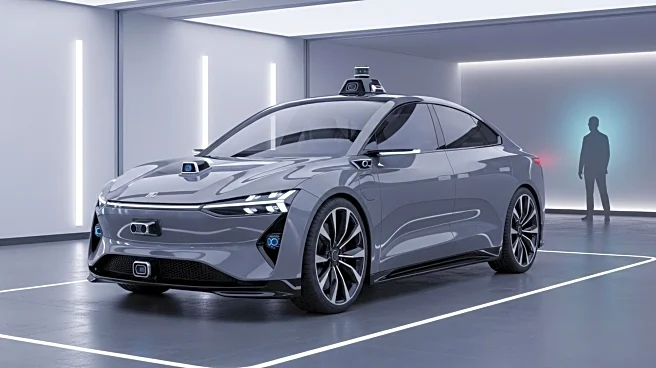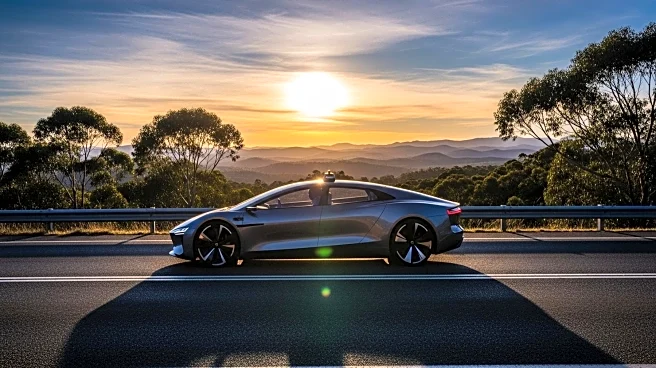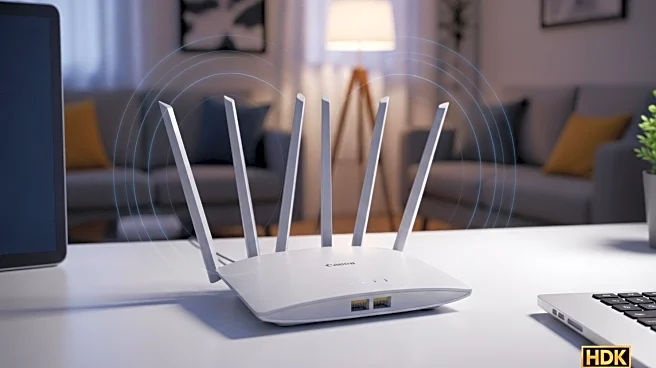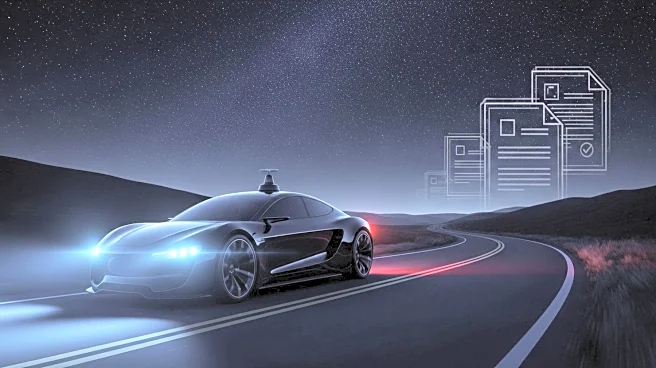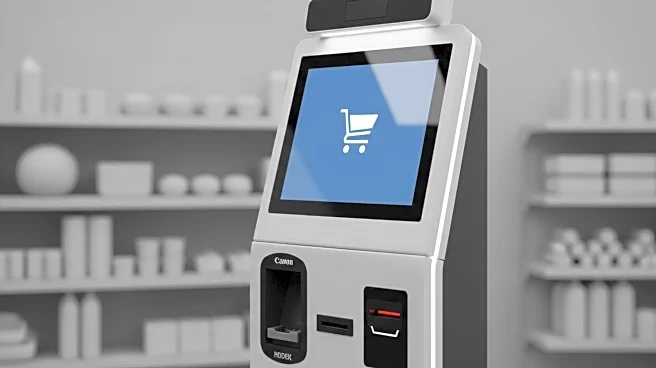What's Happening?
Zoox, an autonomous vehicle company owned by Amazon, has filed a petition with the National Highway Traffic Safety Administration (NHTSA) seeking approval to deploy 2,500 robotaxis. These vehicles are designed without traditional controls such as pedals and steering wheels, marking a significant step in the commercialization of autonomous driving technology. Zoox's request is part of the NHTSA's Automated Vehicle Exemption Program, which allows companies to test and deploy innovative vehicle designs under specific conditions.
Why It's Important?
Zoox's petition to deploy robotaxis represents a pivotal moment in the evolution of autonomous vehicle technology, potentially accelerating the integration of driverless cars into everyday transportation. Approval from the NHTSA could pave the way for widespread adoption of autonomous vehicles, impacting urban mobility, reducing traffic congestion, and enhancing road safety. This development also highlights the growing influence of tech companies in the automotive sector, challenging traditional manufacturers and prompting regulatory bodies to adapt to new technological paradigms.
What's Next?
If Zoox receives approval, the company will likely proceed with deploying its robotaxis, focusing on urban areas where autonomous vehicles can offer significant benefits. This could lead to increased investment in infrastructure to support autonomous driving, such as smart traffic systems and dedicated lanes. Stakeholders, including city planners, transportation agencies, and consumer advocacy groups, will be closely watching the rollout, assessing its impact on public transit and urban planning.
Beyond the Headlines
The deployment of robotaxis raises important ethical and legal questions regarding liability, privacy, and data security. As autonomous vehicles become more prevalent, policymakers will need to address these issues, ensuring that regulations keep pace with technological advancements. Additionally, the shift towards driverless cars may influence cultural perceptions of mobility, redefining concepts of ownership and personal transportation.

